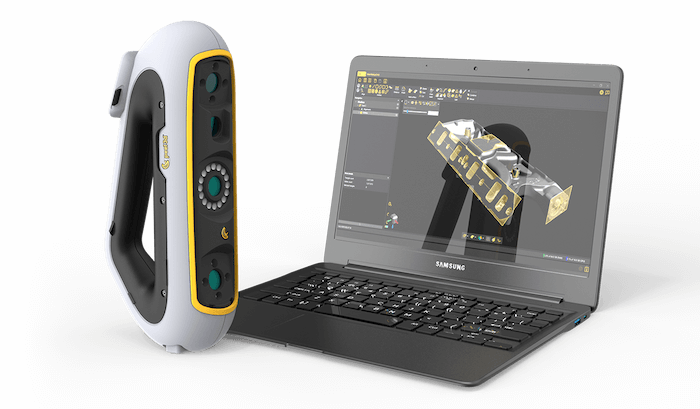Peel 3D: A game-changer for complete, integrated and accessible professional-grade 3D scanning
Professional-grade 3D scanning technologies are increasingly permeating industries, including manufacturing, maintenance, repair and overhaul (MRO) and engineering, aftermarket and tuning, healthcare, AR/VR, and digital content creation, and more. 3D scanners help organizations overcome a variety of challenges.
For example, professional-grade 3D scanners in manufacturing allow users to create digital replicas of legacy parts, ensuring that replacements can be accurately reproduced even when original blueprints or design files are unavailable. In MRO projects, detailed 3D measurements of worn or damaged components can be captured using 3D scanners, streamlining repairs and minimizing both downtimes and expenses associated with trying to purchase components that are hard to find or no longer available on the market. Companies tackling product development improvements, prototyping, and reverse engineering benefit from the ability to digitize physical objects rapidly, iterate on designs, and produce prototypes through 3D printing. The healthcare sector leverages 3D scanners to create custom-fit medical devices, while AR/VR and digital content industries rely on them to build immersive, lifelike virtual environments.
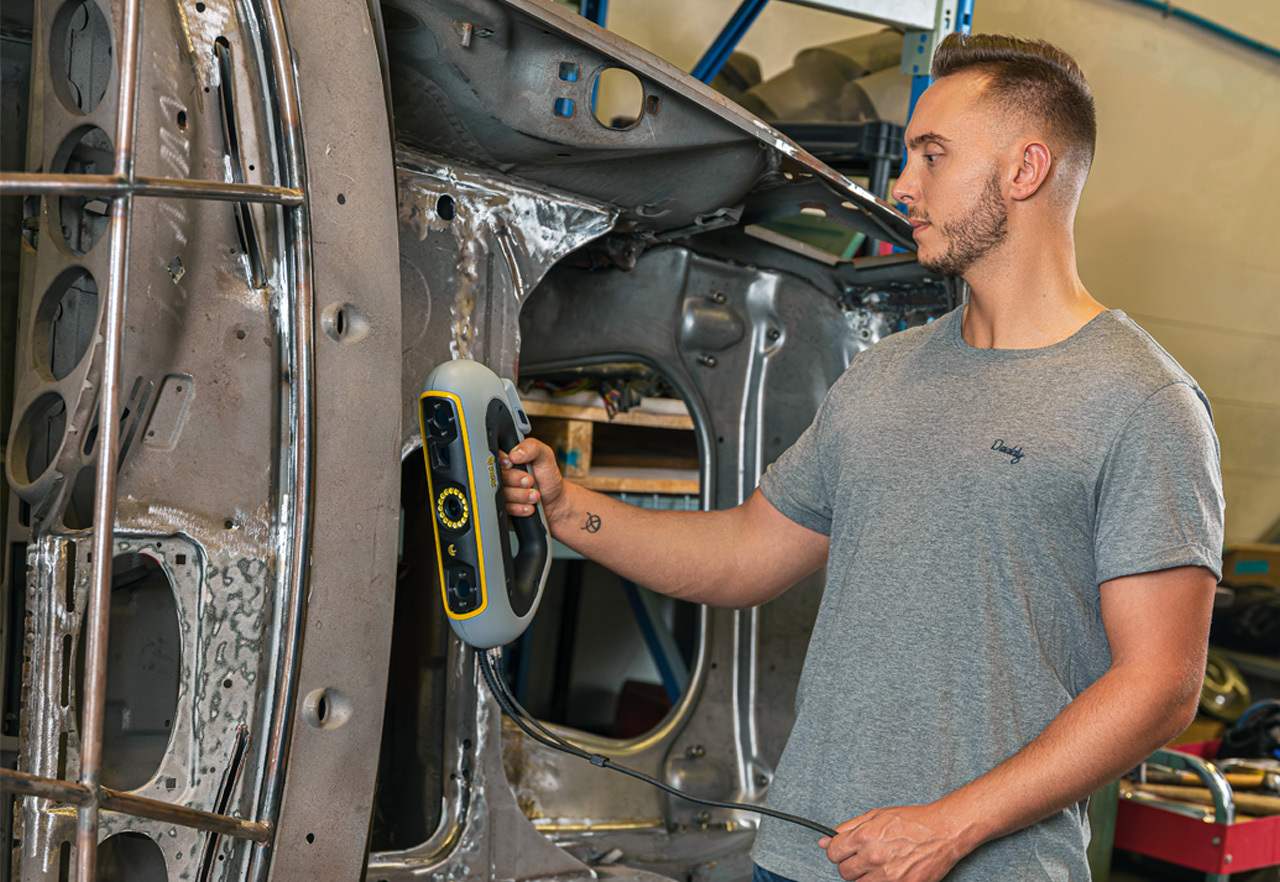
What is holding companies back from 3D scanning?
The above applications demonstrate how 3D scanning can solve real-world operational issues, boost efficiency, and drive innovation. And yet, despite the time and efficiency savings 3D scanners offer, many small businesses and entrepreneurs have been slow to adopt the technology. Why is that?
Perceived total cost of ownership of 3D scanners
One of the most considerable barriers is the assumed cost. While prices for 3D scanners have dropped compared to a decade ago, high-quality 3D measurement solutions still represent a substantial investment. For small businesses operating on tight budgets, the upfront expense of purchasing a 3D scanner—together with the associated software and training—can be hard to justify.
It’s easy to dismiss 3D scanners and software as tools reserved for large corporations, highly specialized fields and niche markets. This lack of understanding creates a gap between the technology’s potential and its adoption.
Low-cost 3D scanners: Sacrificing quality for a price
Compounding this issue is the prevalence of low-cost 3D scanners on the market that fail to deliver the speed, accuracy, and durability required for professional use. Many entrepreneurs, wary of making a poor choice, are hesitant to purchase a scanner that may not provide the expected reliable results and withstand the demands of their operations.
3D scanners with rock-bottom price tags often require frequent recalibration, produce inconsistent and unreliable results, or lack the robustness needed for high-volume tasks or rugged work environments. In addition, most low-cost scanners do not come with bundled 3D scanning software, making post-processing of scans time-consuming and complicated. As a result, companies may perceive 3D scanning technology not worth the risk.
The myths about usability and technical complexity
Another common reason is the perceived complexity of 3D scanning technologies. Many assume that 3D scanning requires specialized technical expertise or steep learning curves. This misconception can deter businesses from exploring how 3D scanners could benefit their operations. In reality, modern 3D scanners are designed with user-friendly interfaces, and many manufacturers provide robust support and training resources. However, the initial impression of complexity often overshadows these advancements.
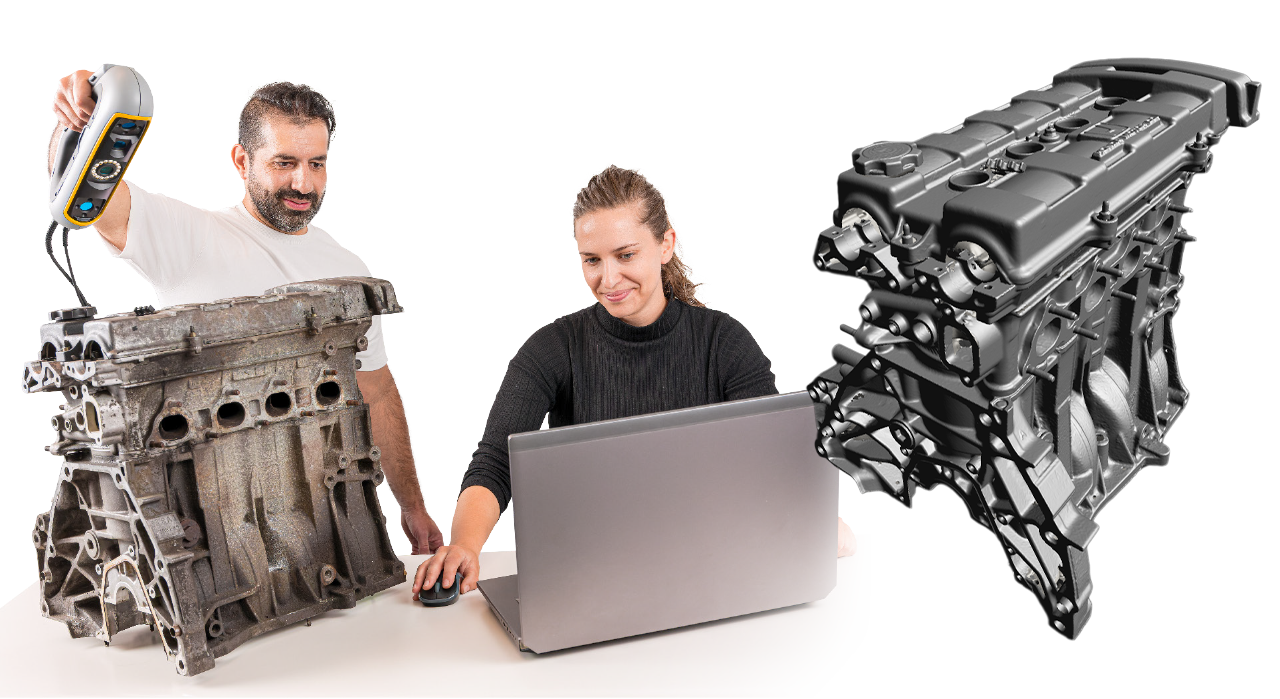
While these challenges may have been real in the past, innovations in 3D measurement technologies have definitely closed the divide between affordability and professional-grade 3D scanning performance.
Peel 3D and its latest lineup of professional 3D scanning solutions are leading the shift, making 3D scanners and software more accessible than ever. Whether you’re a startup, small business or independent professional, Peel 3D offers a complete, integrated and highly accessible approach to 3D scanning.
Peel 3 portable 3D scanners and 3D scanning and scan-to-CAD software
Peel 3D offers affordable, turnkey 3D scanning solutions designed to provide the accuracy, speed and long lifespan needed for professional-grade projects. All three solutions include a Peel 3 scanner and various types of integrated 3D scanning software. They offer the best value for performance. They can be leveraged to carry out 3D measurements on parts and assemblies with different sizes, shapes and surfaces.
This versatile product range, designed in North America and based on Creaform’s decades-long proven track record in advanced metrology solutions, is ideal for small businesses and entrepreneurs looking to incorporate 3D scanning into their workflows without the costs typically associated with high-end systems—and the many issues surrounding second-rate 3D scanners.
Here is the latest Peel 3D product portfolio in more detail.
Peel 3
What it is:
An affordable and easy-to-use 3D scanning solution that offers the level of accuracy, reliability and repeatability you need for digital archiving objects and parts,
3D printing projects, and using the resulting STL file to process it and produce parts.
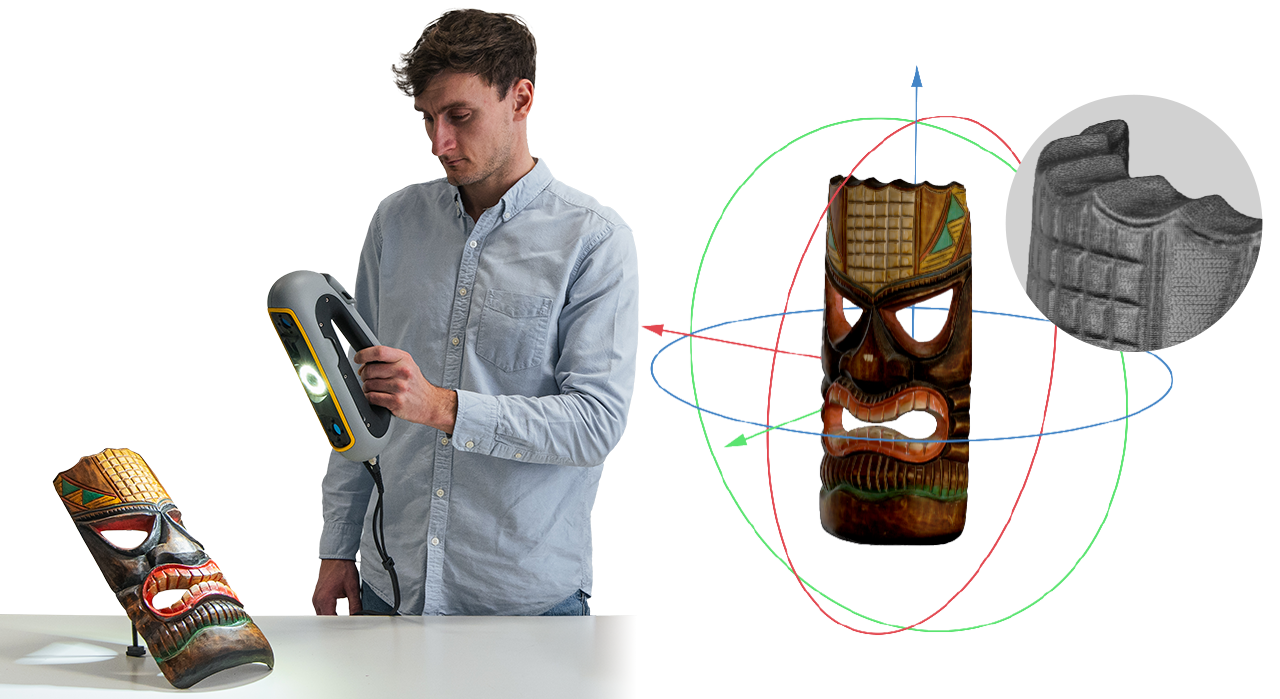
Ideal for:
Who it is for: Users that have 3D modeling and virtual representation needs
What’s included: Peel 3 scanner and Peel.OS 3D scanning software
Price: US$5990
How to buy: Online
Want more details? Read our latest blog post on Peel 3.
Peel 3.CAD
What it is:
A good 3D scanning solution for basic reverse engineering processes. You can extract 3D scan files and export them to your preferred CAD software,
including SolidWorks, Autodesk Inventor, Autodesk Fusion 360°, Solid Edge and more. It acts as a bridge between 3D scanning and CAD processes
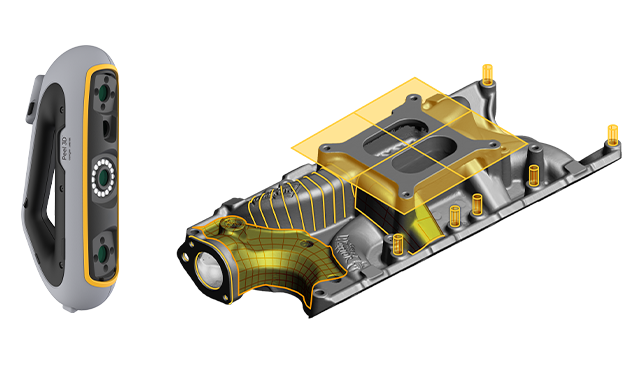
Ideal for:
Who it is for: Users that require 3D data extraction for CAD processing
What’s included: Peel 3 scanner and Peel.CAD software
Price: US$8990
How to buy: You can buy it online or contact the Peel 3D team for more information.
Want more details? Read our latest blog post on Peel 3.CAD.
Peel 3 Pro.CAD
What it is:
A great scan-to-CAD 3D scanning solution for easy reverse engineering work. It facilitates feature extractions from scan data,
offers powerful mesh functionalities and flexible alignments, and provides powerful tools for sketching and modeling right in the 3D scanning software.
It is the perfect bridge between 3D scanning and CAD workflows because you can convert 3D scan data into ready-to-use native 3D solids and CAD models on the very first try.
If you use SolidWorks, this is the bundle for you. Why? Because you can transfer timelines and use them directly in SolidWorks.
This eliminates the back and forth and allows you to take advantage of all the mesh extraction capabilities you need.
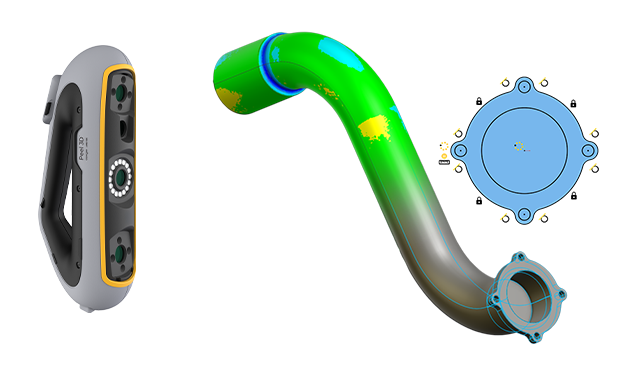
Ideal for:
- Reverse engineering
- Product design and improvements
- Aftermarket and tuning
- MRO and engineering
Who it is for: Users that want sketching and modeling tools optimized for 3D feature data extraction
What’s included: Peel 3 scanner and Peel.CAD Pro software
Price: US$11990
How to buy: You can buy it online or contact the Peel 3D team for more information.
Want more details? Read our latest blog post on Peel 3 Pro.CAD.
Wonder how Peel 3D can transform your work, solve problems, and save you time?
Contact our Peel 3D experts